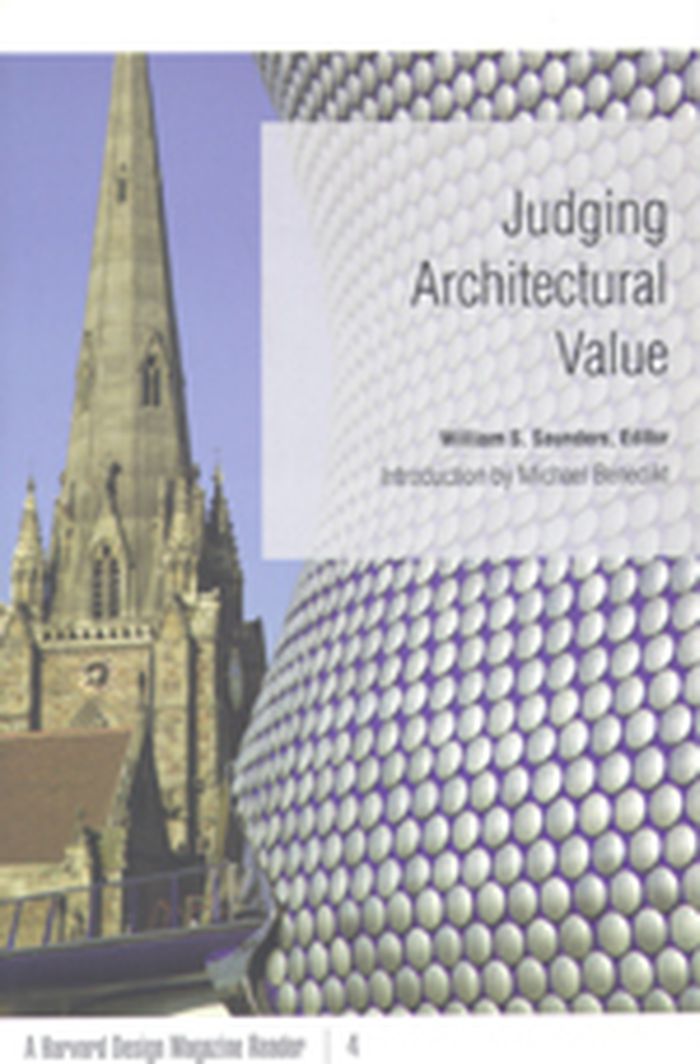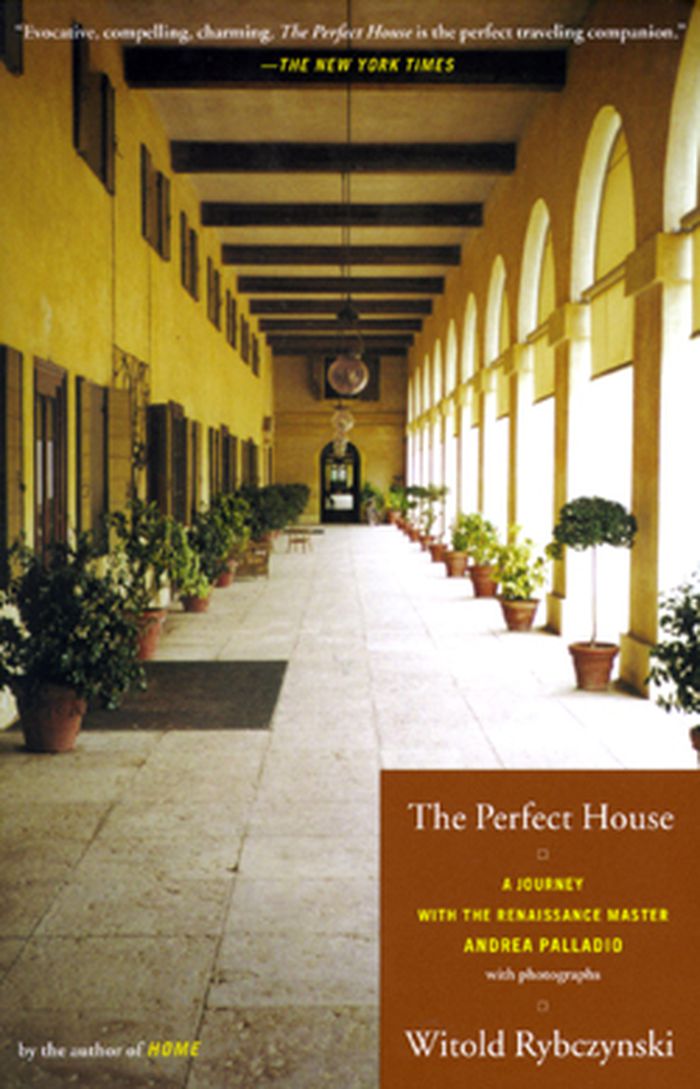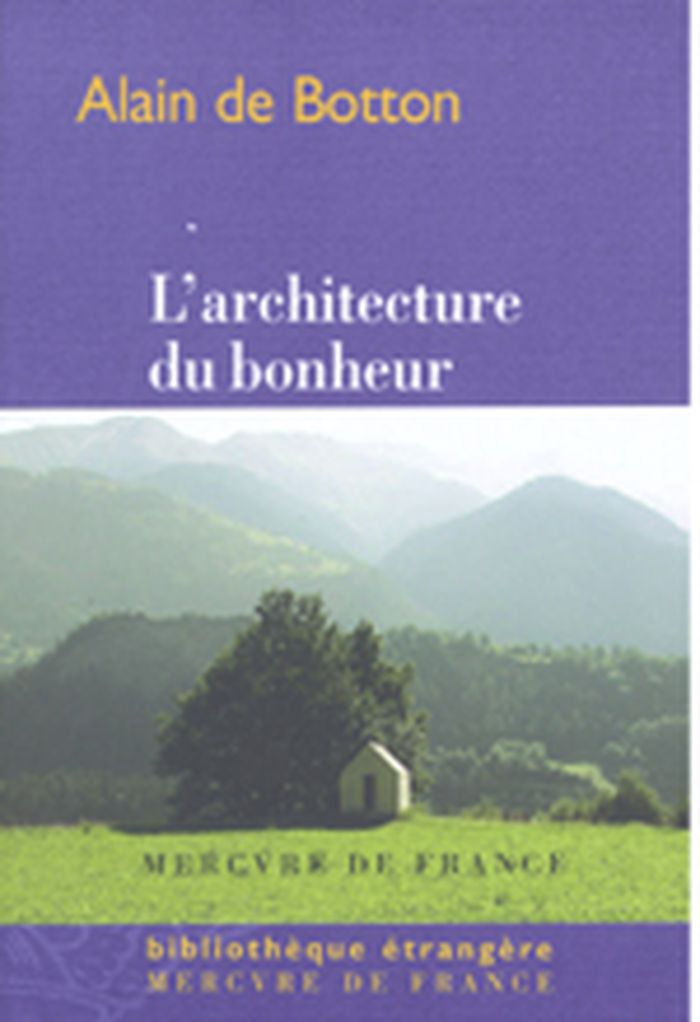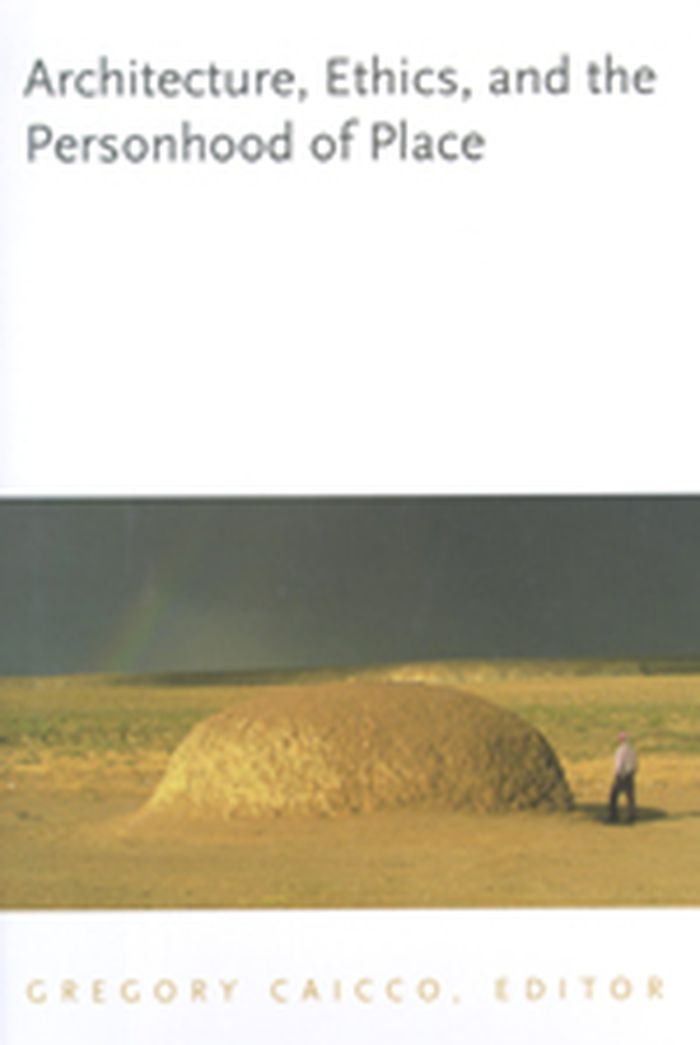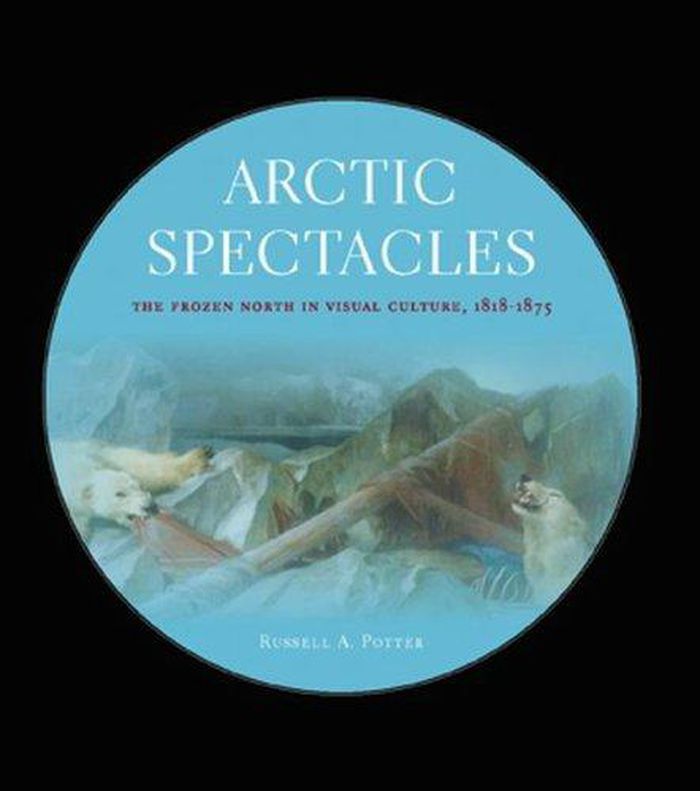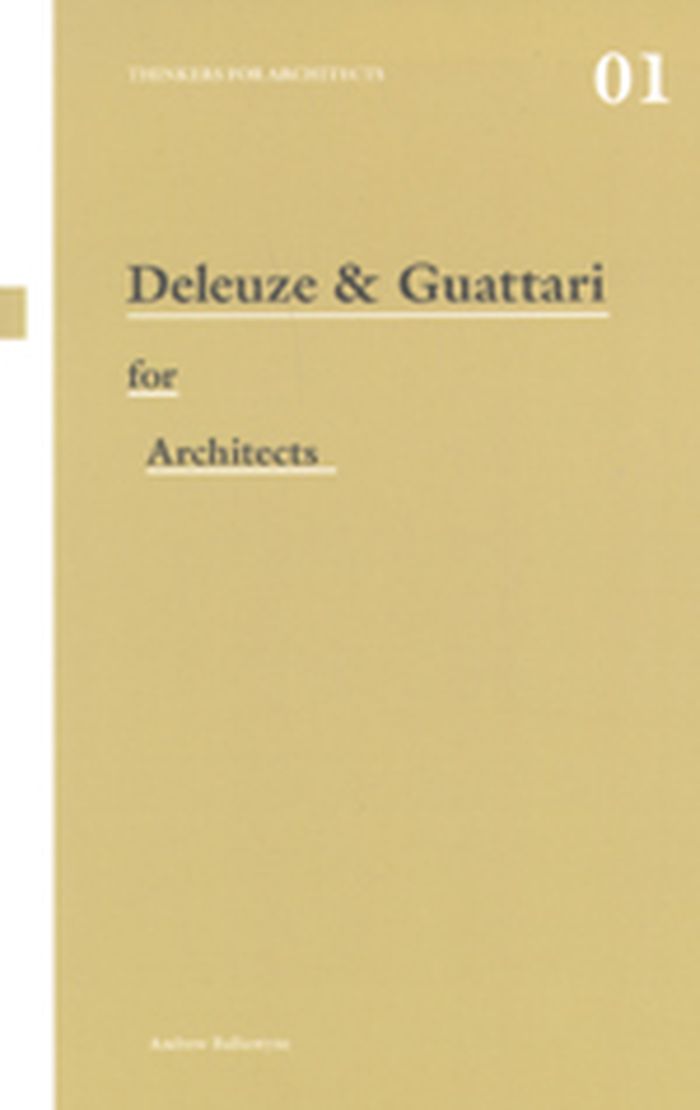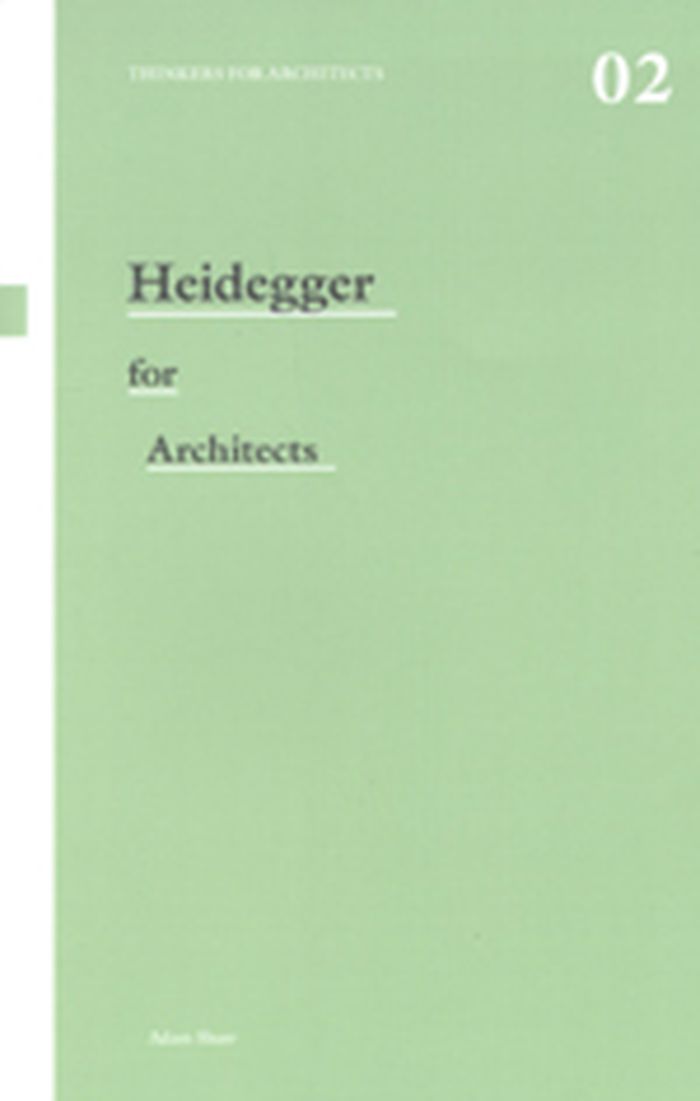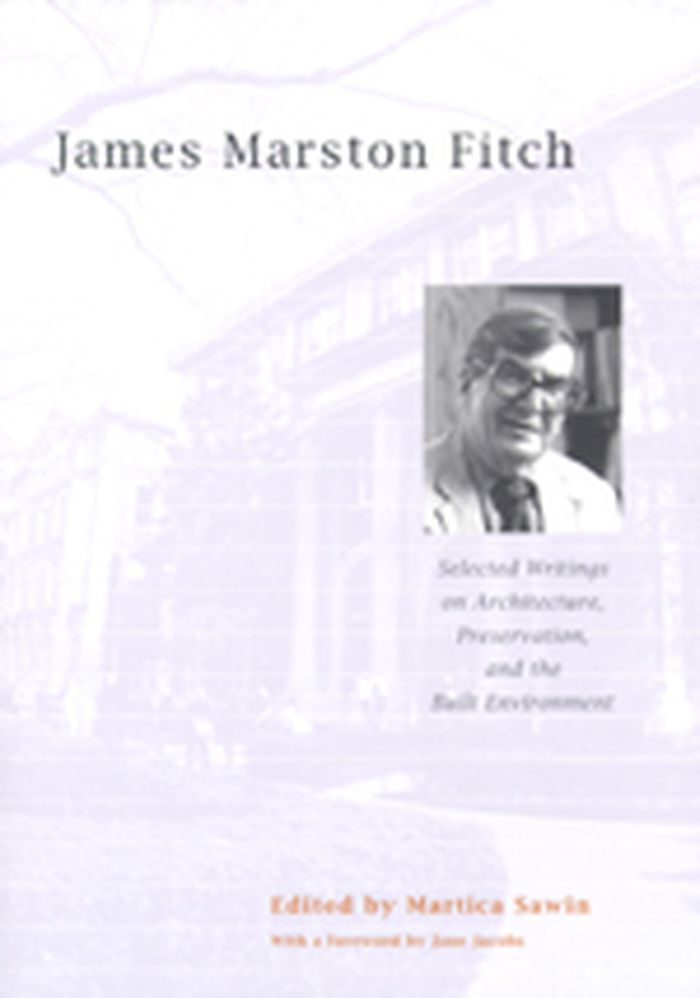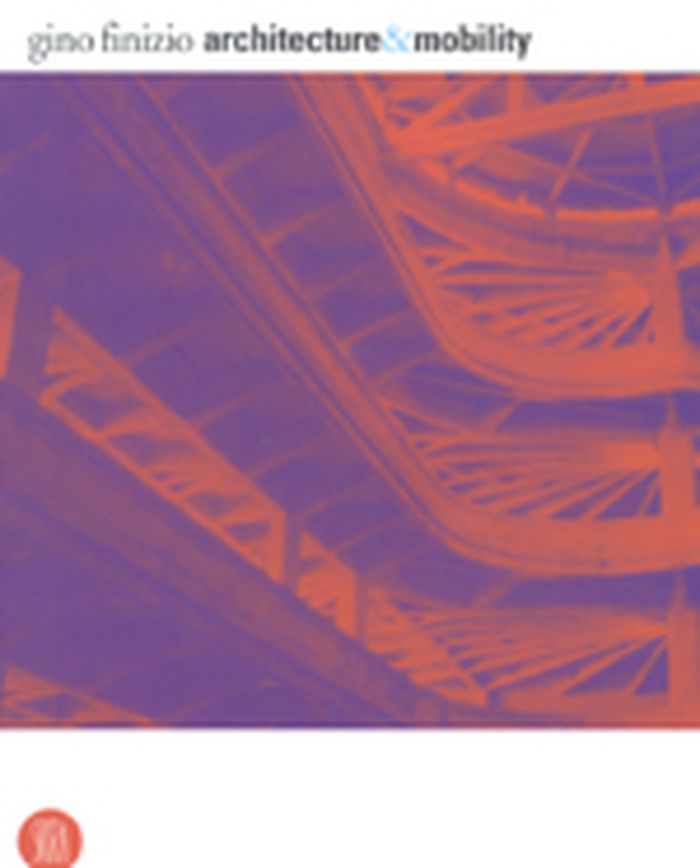$41.95
(available to order)
Summary:
Notre habitation, notre habitat, l'espace où nous évoluons est un médium que nous croyons façonner selon notre désir, selon l'image que nous voulons donner de nous-même selon notre ego. En fait, il restitue nos craintes et nos joies, qui ressurgissent du plus lointain de notre mémoire génétique. Notre habitation n'est que le reflet de nous-mêmes. Ce n'est pas seulement(...)
Les origines symboliques de notre habitat
Actions:
Price:
$41.95
(available to order)
Summary:
Notre habitation, notre habitat, l'espace où nous évoluons est un médium que nous croyons façonner selon notre désir, selon l'image que nous voulons donner de nous-même selon notre ego. En fait, il restitue nos craintes et nos joies, qui ressurgissent du plus lointain de notre mémoire génétique. Notre habitation n'est que le reflet de nous-mêmes. Ce n'est pas seulement l'architecture sacrée qui véhicule des symboles mais la plus simple demeure reflète aussi des archétypes qui proviennent de la tradition primordiale. Des premières croyances humaines pour les déesses mères, comme Gaia, la terre nourricière jusqu'à la Sophia, la sagesse grecque. vénérée encore par les hermétistes de la Renaissance, la lignée ininterrompue des bâtisseurs qui ont construit selon les principes de la géométrie sacrée, du mythe osirien au corpus hermeticum, issu de l'Hermès trismégiste, il y a eu un fil conducteur pour que l'union du ciel et de la terre puisse se réaliser. Il y a eu une transmission du savoir de constructeurs initiés, qui n'ont cessé, à travers des civilisations très éloignées, semble-t-il, les unes des autres, de rassembler ce qui était épars, qui nous vient encore de la nature et qui n'a pas été inventé par l'homme mais seulement réappris et réutilisé. Suivons l'auteur à la découverte de nos racines profondes et dont le développement s'est fait identiquement et analogiquement à celles de l'Asie, de l'Orient ou du Nouveau Monde.
Architectural Theory
Judging architectural value
$24.95
(available to order)
Summary:
When it comes to determining the relative quality of architecture, who is best equipped to make the distinctions? Is it the public who lives in and among the buildings? The people who commission and pay for the buildings? Art historians? Or architects themselves? These provocative essays take up the questions of what people value in architecture and how changing(...)
Architectural Theory
April 2007, Mineapolis London
Judging architectural value
Actions:
Price:
$24.95
(available to order)
Summary:
When it comes to determining the relative quality of architecture, who is best equipped to make the distinctions? Is it the public who lives in and among the buildings? The people who commission and pay for the buildings? Art historians? Or architects themselves? These provocative essays take up the questions of what people value in architecture and how changing values influence opinions about it. In the intriguing opening essay, Michael Benedikt makes an argument for the role of architects in the delineation of value in architecture. He discusses the differences between icon and canon, a theme threaded through many of the essays. In addition to unexpected analyses of buildings such as Eero Saarinen’s Gateway Arch in St. Louis, Paul Rudolph’s Art and Architecture Building at Yale University, and the work of Antoni Gaudí and Frank Gehry, the collection includes a clear-eyed look at the role of architecture in addressing social problems. Ultimately, these essays assert that judging architecture requires more than a refined sensibility. Buildings also need to be evaluated by their impact on the people living within and around them. Contributors: John Beardsley, Harvard Design School; Michael Benedikt, U of Texas, Austin; Tim Culvahouse, California College of the Arts; Lisa Finley, California College of the Arts; Kurt W. Forster, Bauhaus-Universität, Weimar, Germany; Kenneth Frampton, Columbia U; Diane Ghirardo, U of Southern California; Charles Jencks; David Leatherbarrow, U of Pennsylvania; Nancy Levinson; Hélène Lipstadt; Juhani Pallasmaa, Helsinki U of Technology; Timothy M. Rohan, U of Massachusetts, Amherst; Roger Scruton; Daniel Willis, Pennsylvania State U. William S. Saunders is editor of Harvard Design Magazine and assistant dean for external relations at Harvard University’s Graduate School of Design. He is the author of Modern Architecture: Photographs by Ezra Stoller and editor of three other Harvard Design Magazine Readers. Michael Benedikt is Hal Box Chair in Urbanism and director of the Center for American Architecture and Design at the School of Architecture at the University of Texas at Austin.
Architectural Theory
$22.99
(available to order)
Summary:
In The Perfect House, bestselling author Witold Rybczynski, whose previous books have transformed our understanding of domestic architecture, reveals how a handful of Palladio's houses in an obscure corner of the Venetian Republic should have made their presence felt hundreds of years later and halfway across the globe. More than just a study of one of history's seminal(...)
Architectural Theory
September 2003, New York London Toronto Sydney Singapore
The perfect house : A journey with the renaissance master
Actions:
Price:
$22.99
(available to order)
Summary:
In The Perfect House, bestselling author Witold Rybczynski, whose previous books have transformed our understanding of domestic architecture, reveals how a handful of Palladio's houses in an obscure corner of the Venetian Republic should have made their presence felt hundreds of years later and halfway across the globe. More than just a study of one of history's seminal architectural figures, The Perfect House reflects Rybczynski's enormous admiration for his subject and provides a new way of looking at the special landscapes we call "home" in the modern world.
Architectural Theory
L'Architecture du bonheur
$45.95
(available to order)
Summary:
S'il est vrai que les bâtiments et les objets d'ameublement que nous qualifions de beaux évoquent des aspects du bonheur, on pourrait néanmoins demander pourquoi nous trouvons une telle évocation nécessaire. Pourquoi ce que notre environnement a à nous dire serait-il si important? Pourquoi les architectes devraient-ils se soucier de concevoir des bâtiments qui expriment(...)
L'Architecture du bonheur
Actions:
Price:
$45.95
(available to order)
Summary:
S'il est vrai que les bâtiments et les objets d'ameublement que nous qualifions de beaux évoquent des aspects du bonheur, on pourrait néanmoins demander pourquoi nous trouvons une telle évocation nécessaire. Pourquoi ce que notre environnement a à nous dire serait-il si important? Pourquoi les architectes devraient-ils se soucier de concevoir des bâtiments qui expriment des sentiments et des idées spécifiques? Pourquoi sommes-nous si vulnérables à ce que disent les espaces où nous vivons ? Depuis plusieurs livres déjà, Alain de Botton s'intéresse à notre bonheur et cherche les moyens de nous rendre plus heureux. Après la lecture de Proust, puis celle des grands philosophes, l'art de mieux voyager et l'importance de notre statut social, voici qu'il se penche sur notre cadre de vie et plus particulièrement sur l'architecture des lieux où nous vivons et travaillons. En quoi l'un et l'autre influencent notre mode de pensée, notre façon de nous comporter, en bref notre existence au quotidien, tel est le sujet de L'architecture du bonheur. Faisant preuve comme toujours d'une éblouissante érudition - et de beaucoup d'humour -, Alain de Botton nous entraîne de Paris à Tokyo, de Londres à Brasília, du Kent à l'Engadine, et bien d'autres lieux encore, à la recherche de la maison idéale.
Architectural Theory
$57.95
(available to order)
Summary:
Architecture and environmental design are among the last professional fields to develop a sustained and nuanced discussion concerning ethics. Hemmed in by politics and powerful clients on one side and the often unscrupulous practices of the construction industry on the other, environmental designers have been traditionally reluctant to address ethical issues head on. And(...)
Architectural Theory
September 2007, Hanover and London
Architecture, ethics, and the personhood of place
Actions:
Price:
$57.95
(available to order)
Summary:
Architecture and environmental design are among the last professional fields to develop a sustained and nuanced discussion concerning ethics. Hemmed in by politics and powerful clients on one side and the often unscrupulous practices of the construction industry on the other, environmental designers have been traditionally reluctant to address ethical issues head on. And yet the rapid urbanization of the world's population continues to swell into new megacities, each less healthy, welcoming, secure, or environmentally sustainable than the next. Green, carbon-reduced, and sustainable building practices are important ways architects have recently responded to the symptoms of the crisis, but are these efforts really addressing the core issues? Taking the Din� (Navajo) "Hogan Song"�a song used to protect and nourish the personhood of newly constructed dwellings�as their inspiration, the architects, philosophers, poets, and other contemporary scholars contributing to this volume demonstrate that a deeper, more radical change in our relationship to the built world needs to occur. While offering a careful critique of modernist, corporate, or techno-enthralled design practices, these essays investigate an alternative "relational ecology" whose wisdom draws from ancient and often-marginalized voices, if not the whisperings of the earth itself.
Architectural Theory
$39.95
(available to order)
Summary:
Arctic Spectacles: The Frozen North in Visual Culture, 1818-1875 illuminates the nineteenth-century fascination with visual representations of the Arctic, weaving together a narrative of the major Arctic expeditions with an account of their public reception through art and mass media.
September 2007, Montreal, Kingston
Arctic spectacles : The frozen north in visual culture, 1818-1875
Actions:
Price:
$39.95
(available to order)
Summary:
Arctic Spectacles: The Frozen North in Visual Culture, 1818-1875 illuminates the nineteenth-century fascination with visual representations of the Arctic, weaving together a narrative of the major Arctic expeditions with an account of their public reception through art and mass media.
$41.90
(available to order)
Summary:
The work of Gilles Deleuze and Felix Guattari has been inspirational for architects and architectural theorists in recent years. It has influenced the design work of architects as diverse as Greg Lynn and David Chipperfield, and is regularly cited by avant-gardist architects and by students, but usually without being well understood. The first collaboration between(...)
Architectural Theory
October 2007, Abingdon, New York
Deleuze & Guattari for Architects
Actions:
Price:
$41.90
(available to order)
Summary:
The work of Gilles Deleuze and Felix Guattari has been inspirational for architects and architectural theorists in recent years. It has influenced the design work of architects as diverse as Greg Lynn and David Chipperfield, and is regularly cited by avant-gardist architects and by students, but usually without being well understood. The first collaboration between Deleuze and Guattari was Anti-Oedipus: Capitalism and Schizophrenia, which was taken up as a manifesto for the post-structuralist life, and was associated with the spirit of the student revolts of 1968. Their ideas promote creativity and innovation, and their work is wide-ranging, complex and endlessly stimulating. They range across politics, psychoanalysis, physics, art and literature, changing preconceptions along the way. Deleuze & Guattari for Architects is a perfect introduction for students of architecture in design studio at all levels, students of architecture pursuing undergraduate and postgraduate courses in architectural theory, academics and interested architectural practitioners.
Architectural Theory
Heidegger for Architects
$44.70
(available to order)
Summary:
Informing the designs of architects as diverse as Peter Zumthor, Steven Holl, Hans Scharoun and Colin St. John Wilson, the work of Martin Heidegger has proved of great interest to architects and architectural theorists. The first introduction to Heidegger’s philosophy written specifically for architects and students of architecture introduces key themes in his(...)
Heidegger for Architects
Actions:
Price:
$44.70
(available to order)
Summary:
Informing the designs of architects as diverse as Peter Zumthor, Steven Holl, Hans Scharoun and Colin St. John Wilson, the work of Martin Heidegger has proved of great interest to architects and architectural theorists. The first introduction to Heidegger’s philosophy written specifically for architects and students of architecture introduces key themes in his thinking, which has proved highly influential among architects as well as architectural historians and theorists. This guide familiarizes readers with significant texts and helps to decodes terms as well as providing quick referencing for further reading. This concise introduction is ideal for students of architecture in design studio at all levels; students of architecture pursuing undergraduate and postgraduate courses in architectural theory; academics and interested architectural practitioners. Heidegger for Architects is the second book in the new Thinkers for Architects series.
Architectural Theory
James Marston Fitch
$35.00
(available to order)
Summary:
Founder of the nation's first graduate program in historic preservation, at Columbia University, architect James Marston Fitch was a prolific critic, historian, preservationist, environmentalist, and philosopher. In this, the first anthology of his writings—some never before published—Fitch's ideas and observations on a range of subjects are brought to light in a single,(...)
James Marston Fitch
Actions:
Price:
$35.00
(available to order)
Summary:
Founder of the nation's first graduate program in historic preservation, at Columbia University, architect James Marston Fitch was a prolific critic, historian, preservationist, environmentalist, and philosopher. In this, the first anthology of his writings—some never before published—Fitch's ideas and observations on a range of subjects are brought to light in a single, invaluable volume. 30 illustrations.
Architectural Theory
Architecture & mobility
$38.00
(available to order)
Summary:
Finizio’s theme is one we can see on the streets: having changed the 19th-century city into a “metropolis” of suburbs and highways, the car as an object is, in turn, changing in relation to the modern city. A leading Italian design professional, Finizio has gathered an international symposium of architects to explore how urban planning, architecture, and design ideas can(...)
Architecture & mobility
Actions:
Price:
$38.00
(available to order)
Summary:
Finizio’s theme is one we can see on the streets: having changed the 19th-century city into a “metropolis” of suburbs and highways, the car as an object is, in turn, changing in relation to the modern city. A leading Italian design professional, Finizio has gathered an international symposium of architects to explore how urban planning, architecture, and design ideas can create a new design philosophy for the automobile as a sort of domestic moving space that interacts with the new urban environment. This richly illustrated book focuses on the relationship between the static city and “mobile architecture” of the car through the works of some of the most important contemporary international architects such as Frank Gehry, Rem Koolhass, Jean Nouvel, Massimiliano Fuksas, and Alessandro Mendini.This is an urgent, exciting design mission that finally deals with how thinking about the urban car must coevolve in profound new ways.
Architectural Theory

